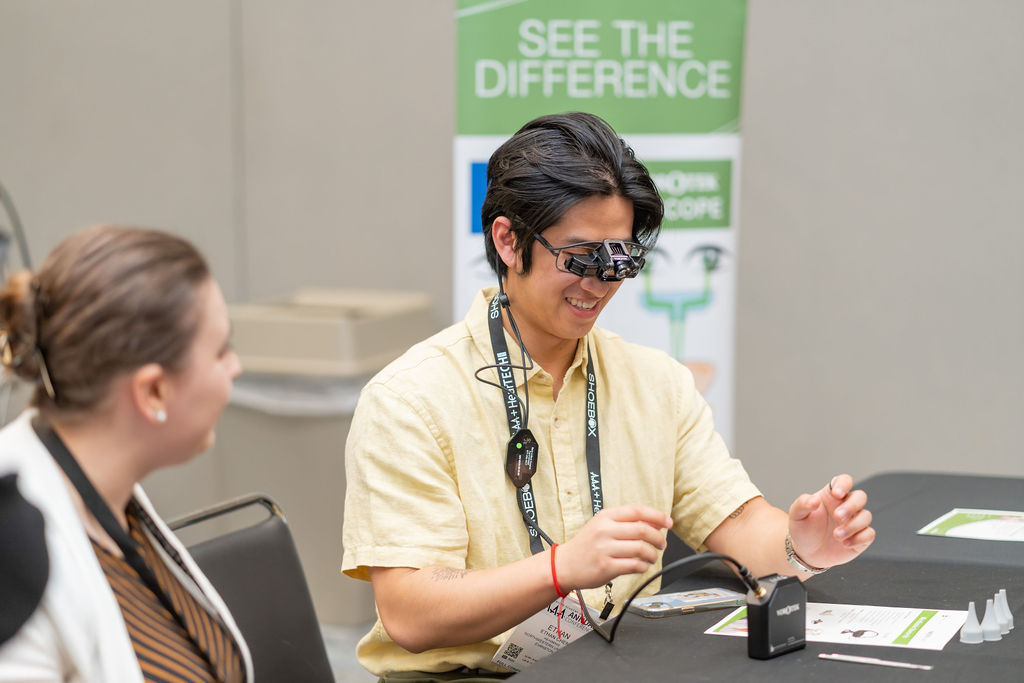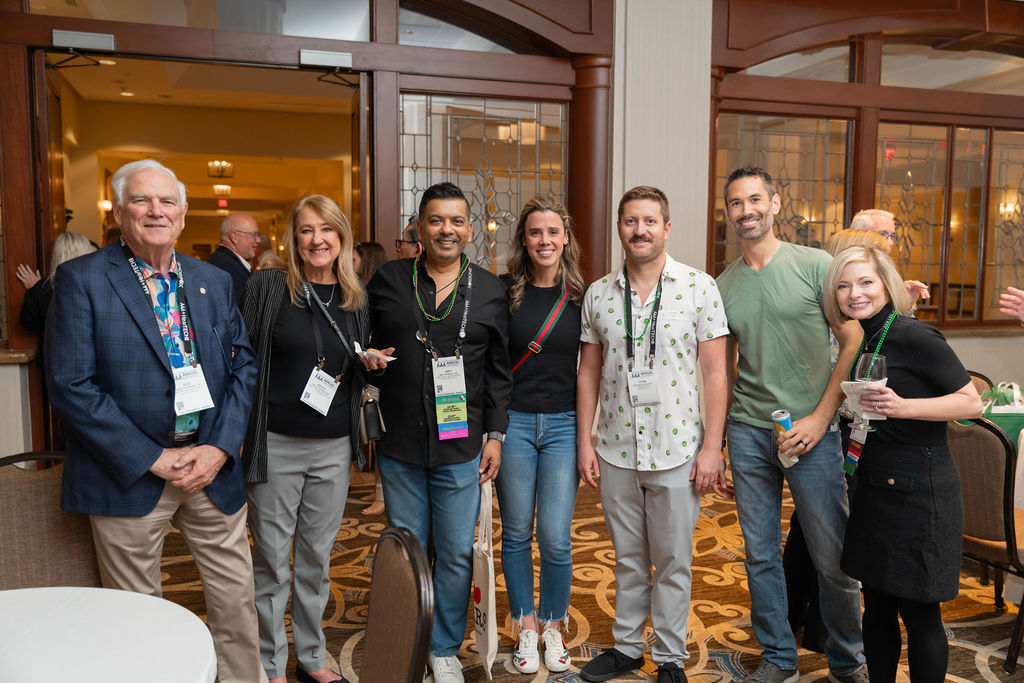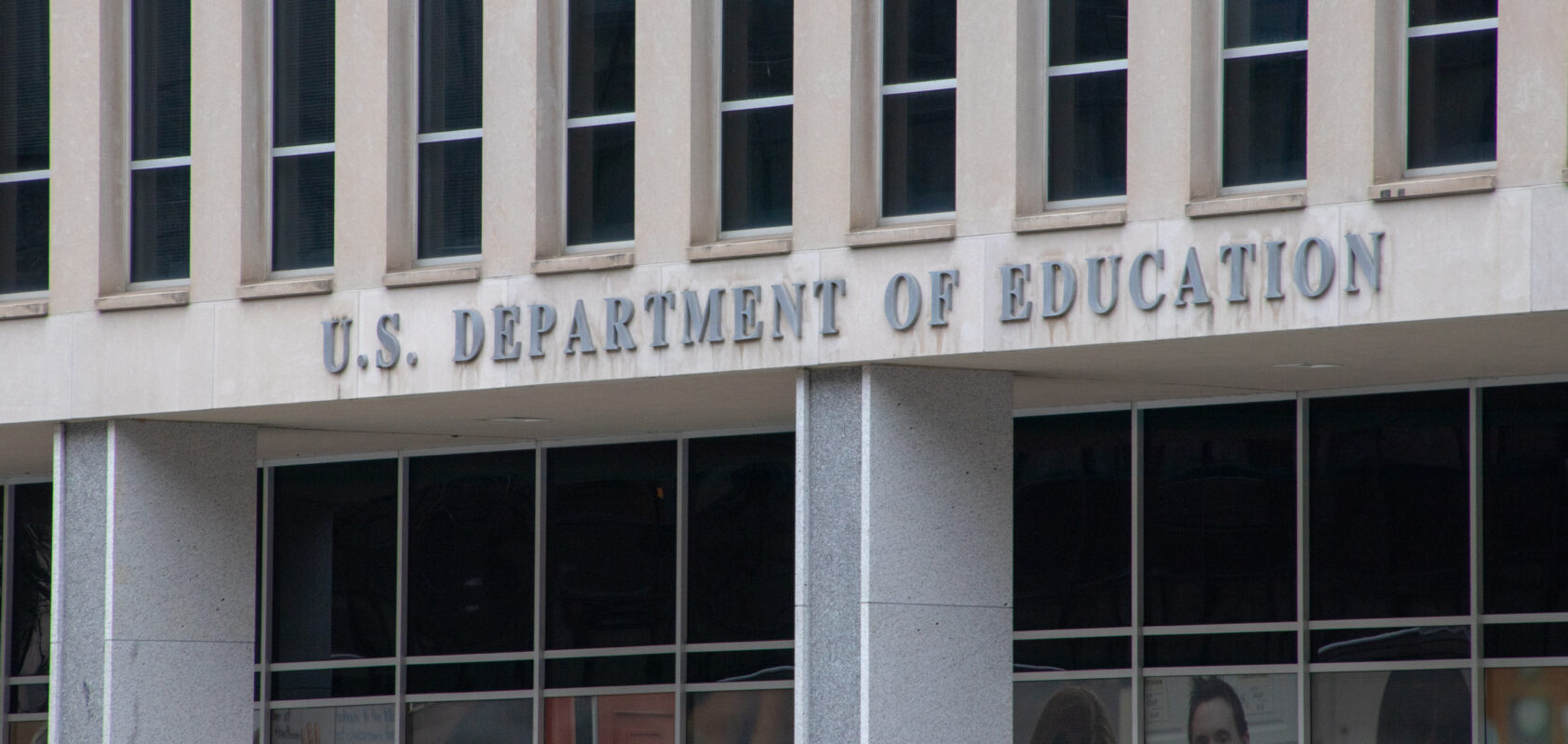Theories abound regarding how and why Stonehenge and other Neolithic structures came to be, and as importantly, in what capacity were they used.
Stonehenge in Britain has concentric circles of stones arranged in a pattern, which many believe has some astronomical significance. Those who constructed Stonehenge nearly 5,000 years ago brought massive stones from as far as 90 miles away! And while much has been discovered about how it was built, less has been discovered about why. Was it a place of worship? A cemetery?
Recently, Stonehenge investigators uncovered some very interesting acoustic qualities about the megaliths. The placement of the stones creates amplification of speech of approximately 4 dB for individuals inside the circle, while reverberation time also was discovered to be longer than that of a typical home, but not as long as in a typical classroom.
Essentially, those who visit can hear conversations or music performed within the structures better than outside the structure! Conversely, the circle’s acoustics would have kept noise from outside to a minimum, suggesting that any rituals that took place inside were very private.
So how were these acoustic properties verified? 3D printing of stones approximately one-twelfth of the original sizes were made, and from those, plaster and molds were used to make copies of the Stonehenge rocks. Directional speakers and microphones were placed around the sound-absorbing room to measure how speech and music would have been heard both in and outside of Stonehenge’s circle. An ancient outdoor amphitheater!
References
Interesting Facts. (2024) 10 unexplained mysteries around the world: the mystery of Stonehenge (accessed May 18, 2024).
Machemer T. (2020) Scientists map Stonehenge’s soundscape. Smithsonian Magazine (accessed May 18, 2024).
UNESCO. (2024) Stonehenge, Avebury and associated sites (accessed May 18, 2024).
Recent Posts
Turn Insight Into Action! Attend Learning Labs at AAA 2026
Ready to take your professional development to the next level? At AAA 2026, Learning Labs are your chance to go beyond lectures and dive into…
Your Support Makes the Difference—Let’s Finish the Year Strong
As we wrap up the year, I want to thank you for your generosity supporting the AAA Foundation’s work. The enclosed report highlights what you…
Audiology Faces New Challenges Under Draft Federal Loan Rule: What Comes Next
Member Action Needed Soon! The U.S. Department of Education’s Advisory Committee has reached consensus on proposed regulations implementing the higher education provisions of the One…


